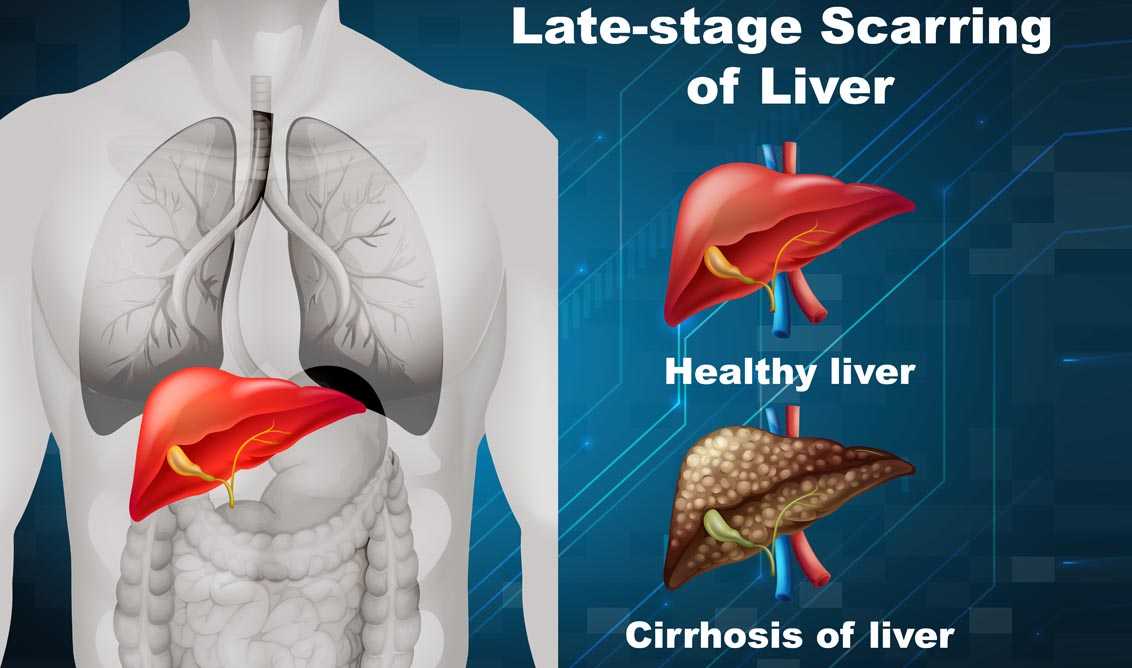The liver is one of the most important organs in the human body. It participates in many biological processes, such as metabolism, hormone regulation, immune defense, etc. However, the liver is also susceptible to various diseases, the most common of which are liver disease, cirrhosis, etc. This article will explore these topics related to liver diseases and the application of cell technology in the diagnosis and treatment of liver diseases.
Liver disease refers to diseases that occur in the liver, including hepatitis, fatty liver, liver cancer, etc. There are many causes of these diseases, such as viral infection, long-term alcohol consumption, drug side effects, etc. The clinical symptoms of liver disease mainly include fatigue, loss of appetite, jaundice, and pain in the liver area. For the diagnosis of liver disease, doctors need to make a comprehensive judgment based on the patient's medical history, physical examination, laboratory tests, imaging tests and other information.
Cirrhosis is a common liver disease, which is caused by changes in liver structure and function caused by long-term and repeated damage to the liver. The pathogenesis of liver cirrhosis mainly includes hepatocyte necrosis, intrahepatic fibrous tissue hyperplasia, and structural changes in liver lobules. The diagnostic criteria for liver cirrhosis mainly include liver function tests, imaging tests such as B-ultrasound and CT, and liver biopsy. Treatment of liver cirrhosis mainly includes etiological treatment, hepatoprotective treatment, anti-fibrosis treatment, etc.
When the liver is damaged, the body often initiates a repair process. However, during the repair process of liver damage, scarring, known as liver fibrosis, often forms. Liver fibrosis will have a serious impact on the function of the liver, which will lead to a decline in the detoxification, metabolism, secretion and other functions of the liver. Therefore, for the treatment of liver diseases such as cirrhosis, comprehensive treatment measures are required, including etiological treatment, hepatoprotective treatment, anti-fibrosis treatment, etc.
Cell technology plays an increasingly important role in the diagnosis and treatment of liver diseases. Hepatocytes, bile duct cells, etc. play an important role in liver diseases. Through cell technology, we can gain an in-depth understanding of the biological characteristics, functions and interactions of these cells with other cells, thereby providing new ideas and methods for the diagnosis and treatment of liver diseases. For example, through liver cell culture and gene editing technology, we can study the pathogenesis of liver diseases and find new treatment targets; through bile duct cell culture and cell transplantation technology, we can study the pathogenesis of bile duct diseases and find new treatments. .
In short, the liver is an important organ for human health and carries a variety of biological functions. However, the liver is also susceptible to various diseases. For the treatment of liver disease, it is necessary to comprehensively consider multiple factors for comprehensive treatment. Cell technology has broad application prospects in the diagnosis and treatment of liver diseases, and it provides new means and methods for in-depth research on liver diseases. We believe that with the continuous development of science and technology, the diagnosis and treatment of liver diseases will make more significant progress.
references:
Effects of coriander seed extract on mouse liver fibrosis model and its mechanism of action [J]. Chinese Journal of Traditional Chinese Medicine, 2020, 45(22): 47.
Research progress of cell technology in the treatment of liver diseases[J]. Journal of Clinical Hepatobiliary Diseases, 2019, 35(11): 24.


